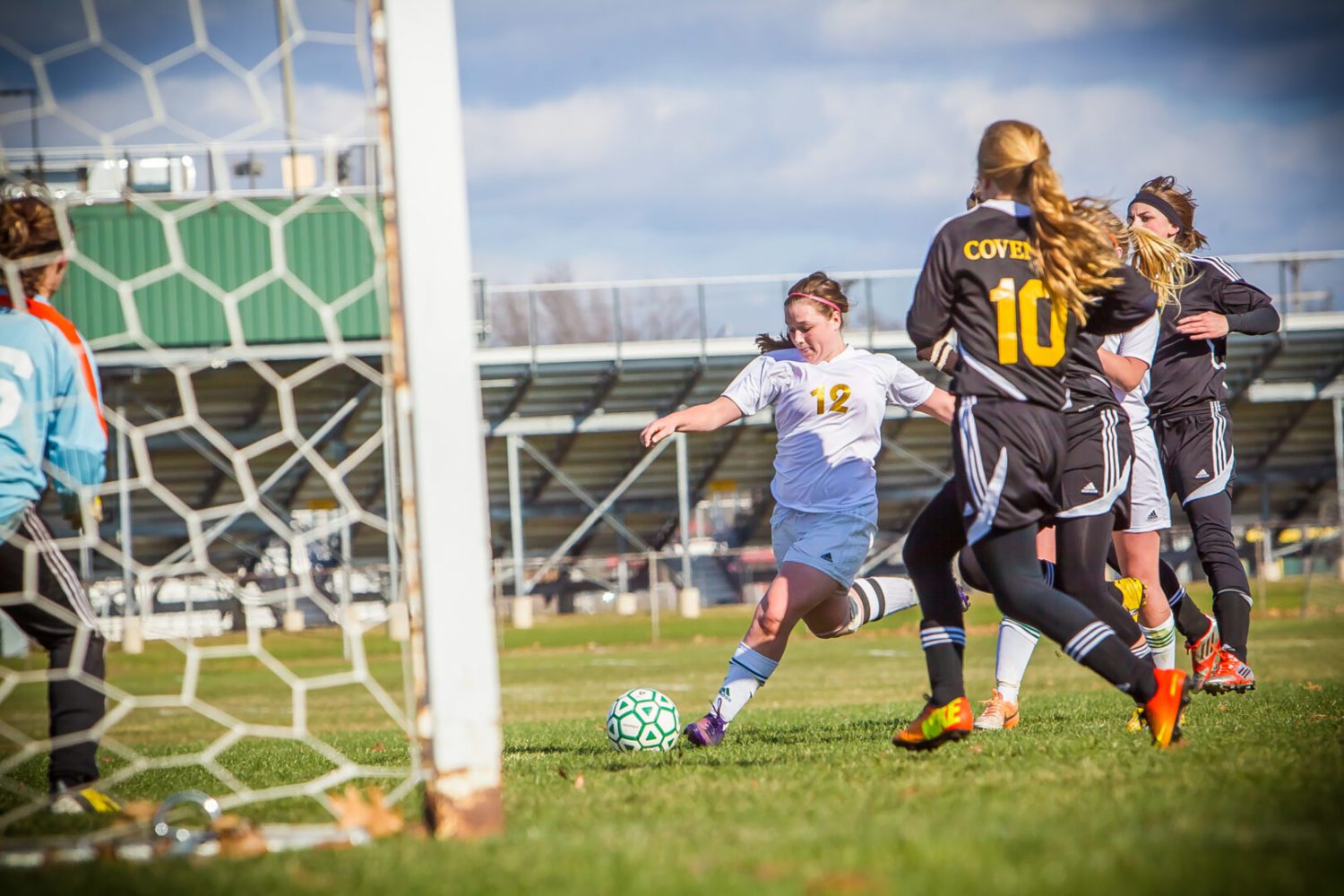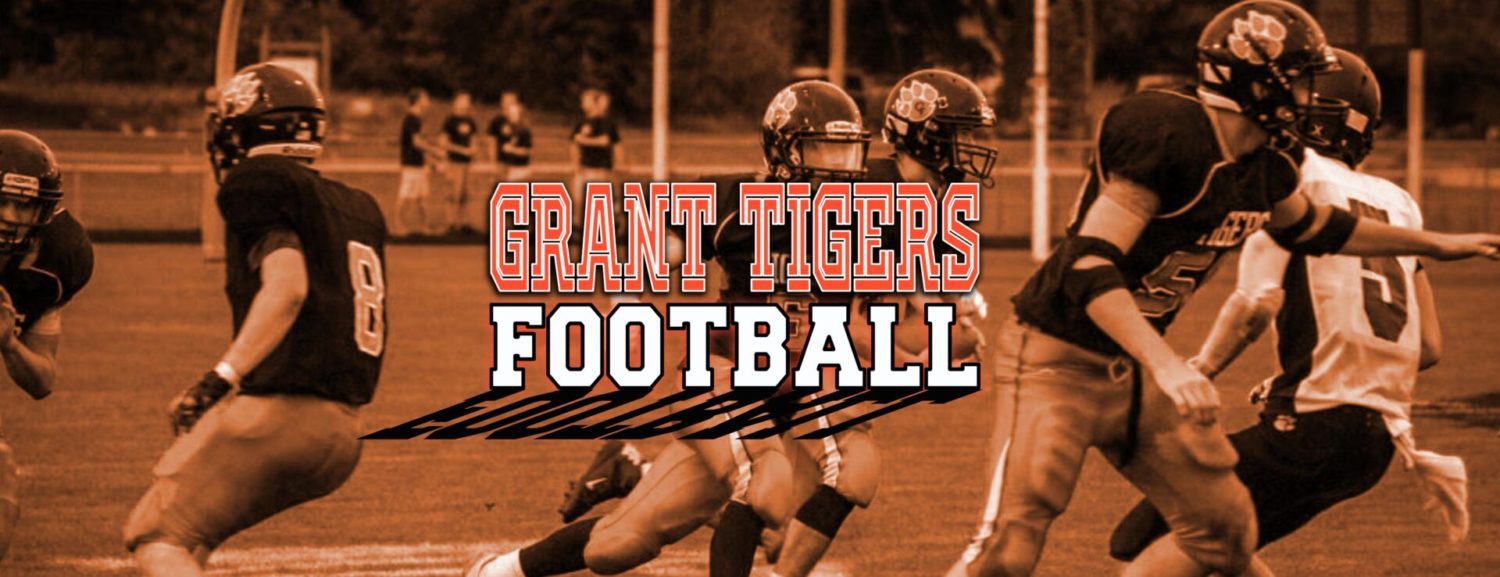In Part 2, we looked at the newly emerging science behind brain injury and football.
In this series, I’ve tried to lay out the current understanding regarding head impacts in football and the resulting brain injuries. Newly emerging science  suggests head injuries in football are fairly common, and that while the largest hits garner the most concern, it could be the smaller, repeated hits that do the most damage.
suggests head injuries in football are fairly common, and that while the largest hits garner the most concern, it could be the smaller, repeated hits that do the most damage.
That said, is there a way to play football with less impact on the brain? Can children, who make up the largest group of people playing football, be taught techniques that reduce brain injuries? Can we outfit our kids in equipment that might make head injuries a thing of the past, or at least substantially reduce the impact?
To my benefit, while I was in the middle of writing this series, Al Jazeera America (of all places) had a fascinating collection of stories on its TechKnow blog about this very subject.
Series producer Kyle Hill went through a battery of testing to find out how brain health is measured both before and after an injury, while also exploring ways experts are inventing equipment to reduce injuries. After it was all said and done, Hill was asked if football can ever be ‘safe’.
“I don’t know if you’ll ever eliminate concussions from football—it’s kind of how the game is played,” said Hill. “Hitting other people is kind of the way it’s played. But what you can do is change the rules a little bit to help prevent concussions. So the NFL itself has pushed forward where you kick off from to hopefully get less people running at each other. It goes right out of the end zone and you can’t take it back, so there’s (sic) less hits, and we do see a reduction in the number of concussions. Thanks to the research, at least a little bit, even youth teams and college teams are reducing the amounts of hits that they’re doing during practice. They’re scheduling certain types of drills at different times to reduce the number of hits. Hopefully, that will only get better—but it’s part of the game, unfortunately. All we can do is try our best to keep them safe.”
But how do we do that, do our best to keep them safe?
As far as equipment goes, I’m not sure I’m ready to trust my child’s brain health to helmet-industry experts or big-time football promoters. Mark Fainaru-Wada and Steve Fainaru, authors of the newly published book ‘League of Denial’ claim the National Football League downplayed, obfuscated and dissembled for decades the facts surrounding brain injuries and football.
For 30 years, the authors maintain, the NFL discredited scientists not on the NFL research dole, pushed faulty studies minimizing the effects of head injuries and led a public relations campaign with the sole purpose of keeping the public in the dark.
Even more sinister, the Federal Trade Commission, at the behest of New Mexico Senator Tom Udall, recently found that helmet maker Riddell marketed its Revolution model helmet claiming it reduced concussions by 31 percent; later it was discovered those claims were bolstered by a faulty study in the journal Neurosurgery. When threats of regulation started swarming around Riddell’s marketing of the helmet, the company spent tens of thousands of dollars to lobby Congress.
The Revolution helmet was marketed heavily to children.
So, obviously we can’t really count on the industry, despite their claims, to protect the brains of the millions of kids across this country who play football.
But what can we do?
Well, first off this thing starts on the ground level. Kids must learn to tackle and block the right way. If a coach teaches his charges that tackling begins with the head, or that it’s acceptable to run with one’s head down, or that launching headfirst into an oncoming lineman or running back is smart, he must immediately be reprimanded.
Further, we need to distance ourselves from those old sayings (like ‘Put your hat on the ball (while tackling’) and philosophies which tend to encourage the use of the head.
Perhaps we could emphasis players to play with their heads up – coaches could yell ‘The top of your helmet doesn’t have eyes’ to kids with the proclivity of running or tackling head down.
If it’s the smaller hits that are now thought to create the biggest problem, coaches need to make a good-faith effort to avoid helmet-to-helmet hitting during practice.
Even more so, the rules of the game need to change if we want to make a dent in the problem. In levels up through high school, spearing/illegal use of the helmet should be strictly forbidden and charged to the entire team. One flag for that offense could result in a 15-yard penalty and a loss of a down (if that player is on offense). A second offense by any player on that team would result in his immediate disqualification. Two games with two spearing/illegal use of the helmet penalties, and perhaps the team would be required to forfeit its next contest.
Something tough with some teeth to it.
Lastly, it should be a requirement that all football players (and perhaps players from all contact sports) take a brain baseline health test prior to the start of each season. That would allow coaches and medical professionals alike to determine, in the heat of the moment even, when a kid’s brain is injured and he should not re-enter the game. A computer-based screening test called ImPACT (Immediate Post-Concussion Assessment and Cognitive Testing) can be administered right there on the field.
Listen, I know there are a lot of people out there who think this is no big deal. I might agree had I not taken it upon myself to find out for myself. Brain health is serious business, and no game is worth losing one’s mind over – and that goes too for the parents and fans in the stands.
If the effects on brains in football can be minimized to an appropriate level, though, it is as I said it is in Part 1 of this series.
That is, “In my opinion, American football is the world’s best team game, so what you lose in injury and loss of brain cells (to an extent) is made up for with the experiences and lifelong relationships you share with your teammates.”
And I believe it.
But it’s only true if everyone walks (or sometimes limps) away at the end of the game, their brains relatively intact.
For further reading:
Brain health of our youngest football players
Great Sports Illustrated series on head injuries
Baseline testing gaining in popularity











